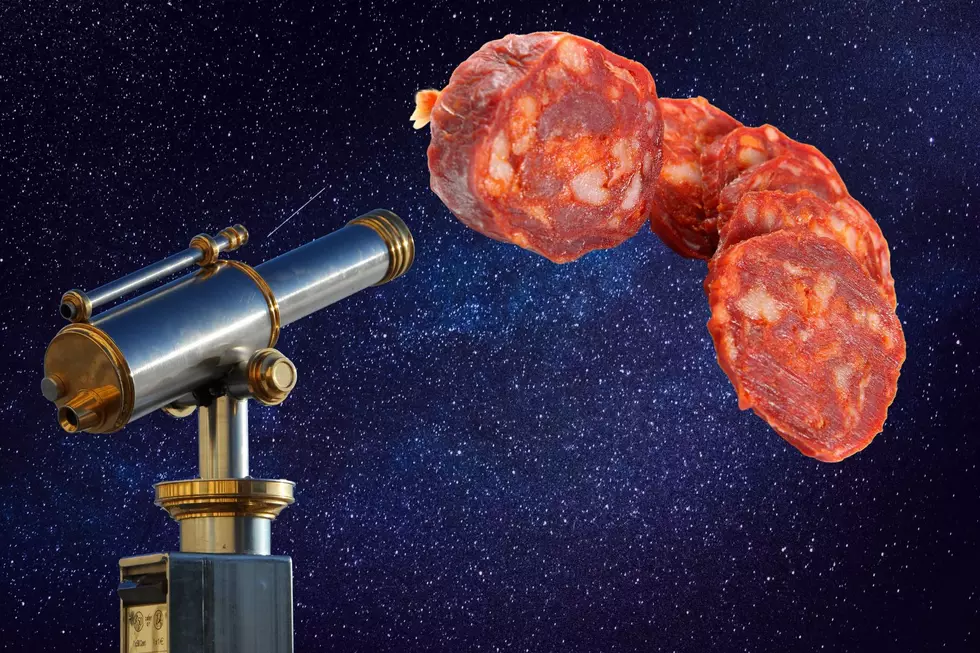
This Star Looks Delicious on Twitter … Because It’s Actually a Piece of Chorizo
The evolution of space discovery is so advanced these days that telescopes can produce vivid images to knock your socks off.
Even the most powerful telescope built by mankind is capable of capturing the galactic frontier in ways scientists and NASA engineers only dreamed of. The James Webb Space Telescope is showing us space as we've never seen, farther than we've ever looked.
Consider it a form of time travel through light.
All this is fancy and impressive, but one French scientist who carries the weight of over 90,000 followers on Twitter decided to play a little prank and dragged the telescope into it to fool everyone.
If you're rusty with French, CNN was courteous enough to translate for us:
"Picture of Proxima Centauri, the nearest star to the Sun, located 4.2 light years away from us. It was taken by the James Webb Space Telescope. This level of detail... A new world is unveiled every day."
I hate to break it to you, folks, but that Proxima Centauri he humbly bragged about was nothing more than a slice of chorizo. I'll admit, it's a pretty solid gag, but maybe it disappointed and angered some of his colleagues.
Klein apologized after the internet blew up at him for something that, in my opinion, was just harmless fun. Nothing more, nothing less -- just a sharply focused piece of meat.
I've suddenly become hungry over a Twitter post and I'm not even mad about it.
LOOK: 31 breathtaking images from NASA's public library
LOOK UP: Recent UFO Sightings on the SouthCoast
More From WFHN-FM/FUN 107









